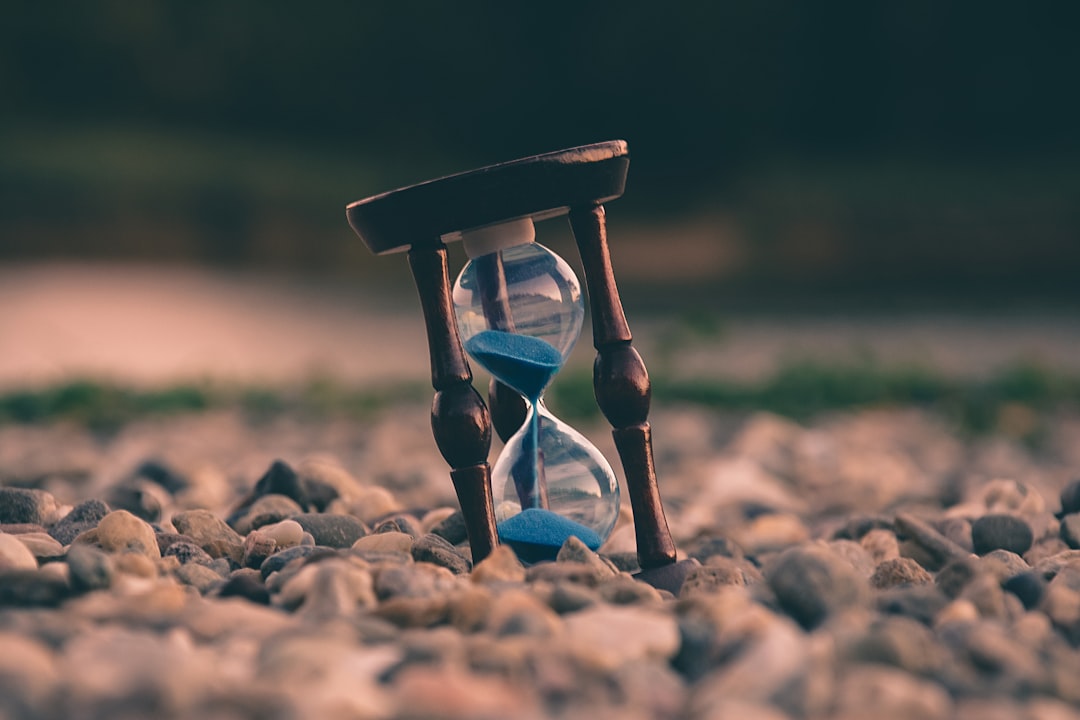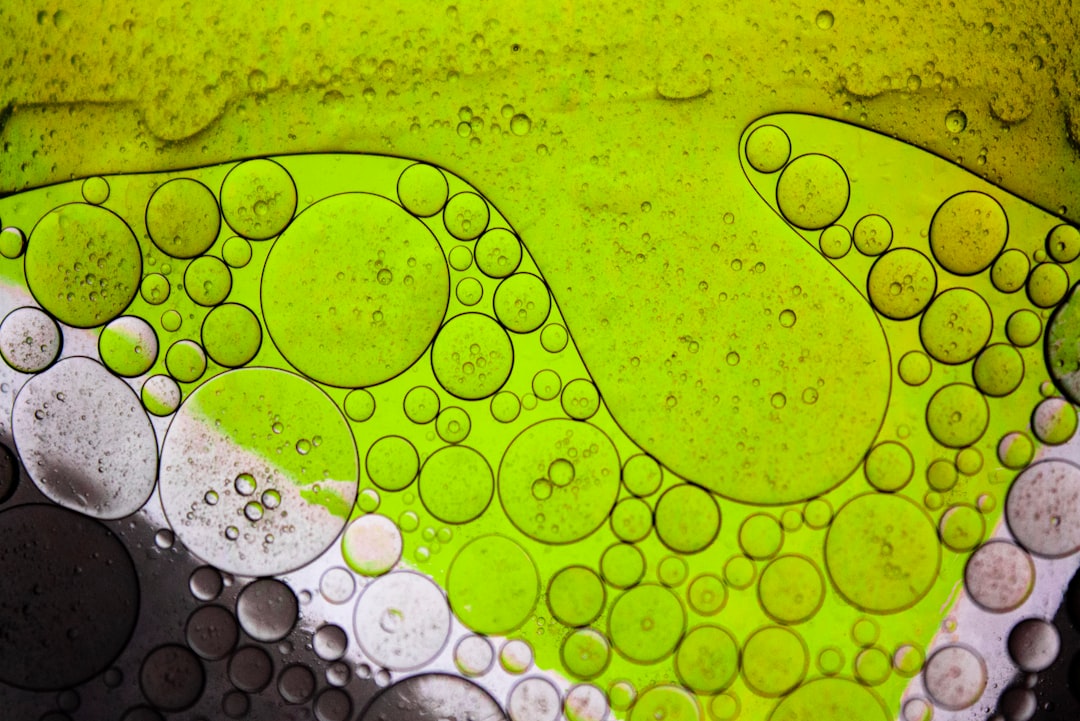What is it about?
The residual compost waste generated by the mushroom production industry was used as feed mixture with sewage sludge in vermicomposting. Analysis of the earthworms’ multiplication and growth and laboratory analysis were conducted during the tenth and fifteenth week of vermicomposting. The heavy metals Chromium, Cadmium and Lead contained in vermicompost were lower than initial concentrations, with 90–98.7 percent removal on week ten. However, concentrations of Copper and Zinc, that are considered as micronutrients, were higher than initial concentrations, but they were 10–200-fold lower than the EU and USA biosolid compost limits and Malaysian Recommended Site Screening Levels for Contaminated Land (SSLs). An increment of heavy metals were recorded in vermicompost for all treatments on week fifteen compared to week ten, while concentration of heavy metals in earthworms’ tissue were lower compared to vermicompost. Hence, it is suggested that earthworms begin to discharge heavy metals into their surroundings and it was evident that the earthworms’ heavy metals excretion period was within the interval of ten to fifteen weeks.
Featured Image

Photo by Marcin Jozwiak on Unsplash
Why is it important?
The increasing volume of urban sewage sludge disposed in the environment poses a serious threat to the entire ecosystem, especially with regard to the bioaccumulation of heavy metals in crops that are later consumed by humans. Nonetheless, large-scale production of spent mushroom compost also encounters the same phenomenon and the use of animal feeds should be diversified. As proposed in this study, the combination of sewage sludge and spent mushroom compost led to 90 percent removal of heavy metals, especially Chromium, Cadmium and Lead, through the process of vermicomposting. The present findings show that earthworms should be removed from the process before week fifteen because during this stage the excretion of heavy metals from earthworms occurred. Adequate stabilisation of the C:N ratio was achieved, and considerable nutrient content and a desirable physical state were obtained in the vermicompost on week ten. Essentially, application of the week ten vermicompost as soil stabiliser or fertiliser will not pose any antithetical impacts related to the heavy metal contents in the vermicompost.
Perspectives
This work recommend the use of spent mushroom compost as feed mixture with sewage sludge in vermicomposting to remove pollutant. Nevertheless, this findings required further work particularly in the fate of the potentially toxic elements.
Dr. Azizi Abu Bakar
University of Malaya
Read the Original
This page is a summary of: Vermiremoval of heavy metal in sewage sludge by utilising Lumbricus rubellus, Ecotoxicology and Environmental Safety, April 2013, Elsevier,
DOI: 10.1016/j.ecoenv.2012.12.006.
You can read the full text:
Resources
Contributors
The following have contributed to this page










